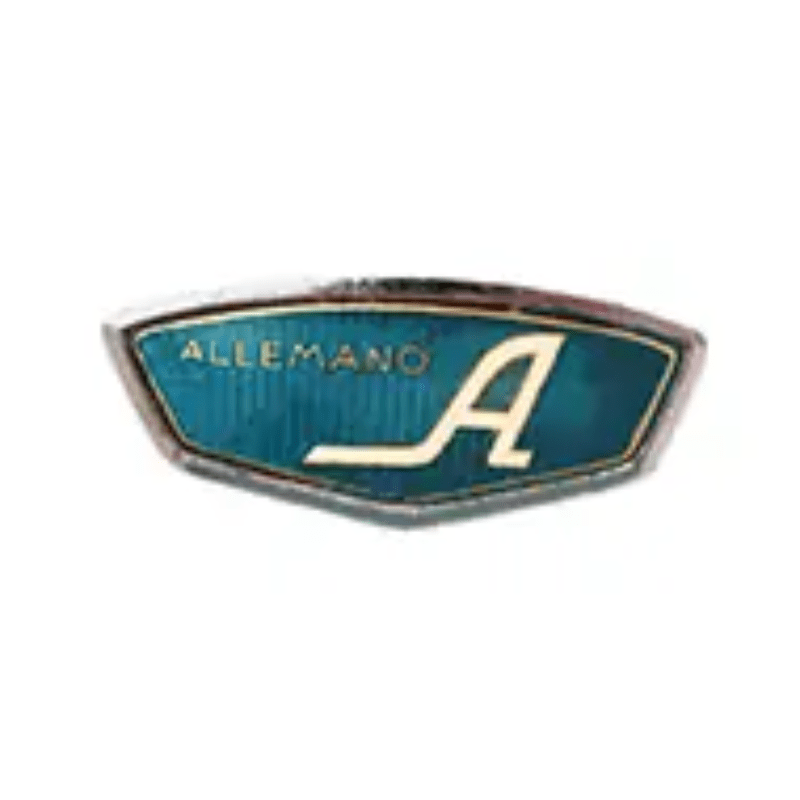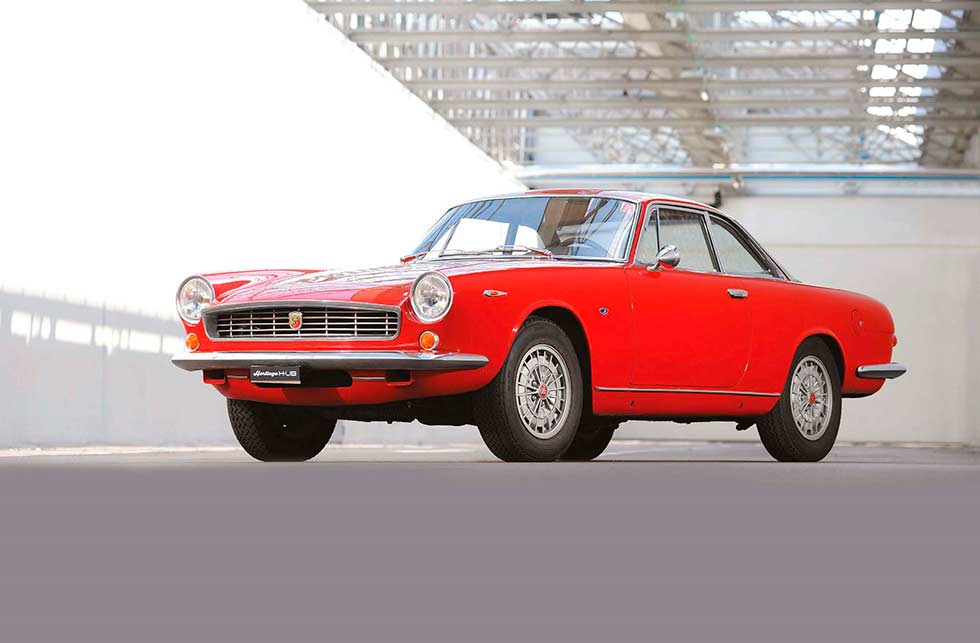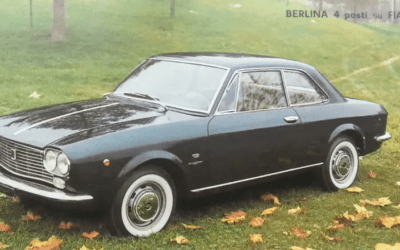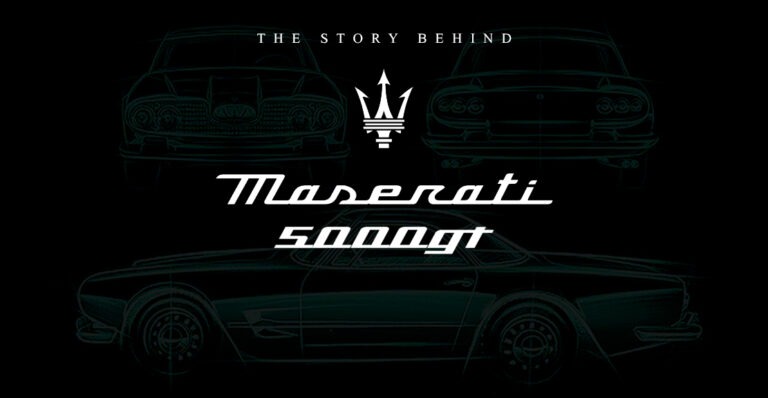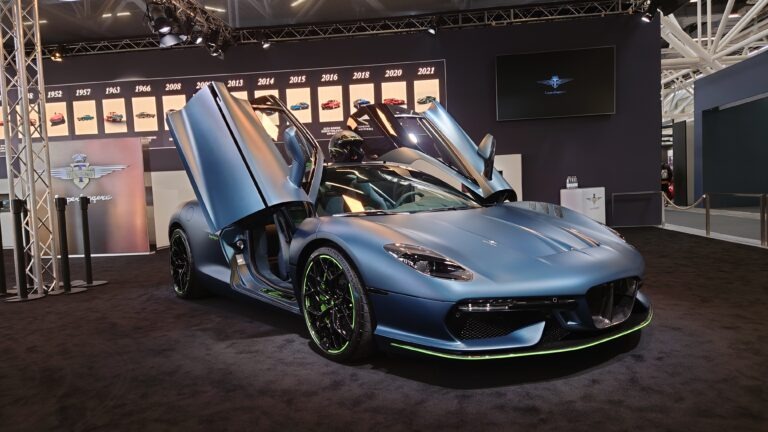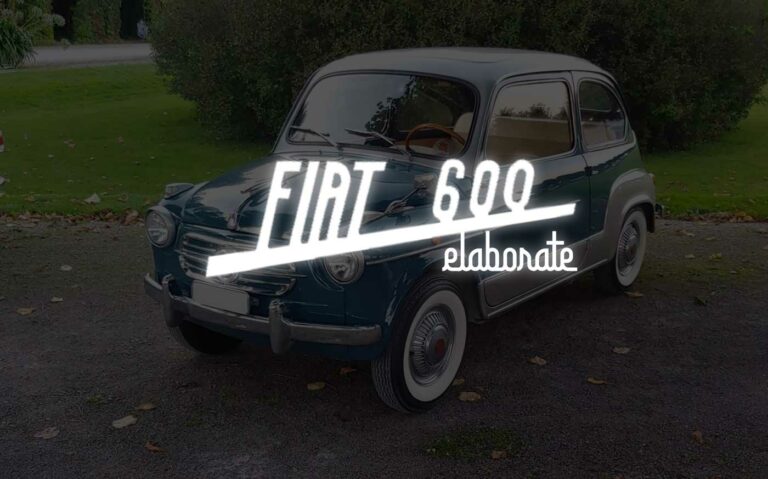Allemano
A car is the product of a feeling, or rather, a series of feelings

- 1935 C d'E Torino
- 1956 C d'E Campione d'Italia
- 1957 C d'E Roma
- 1956 C d'E Roma
- 1953 Cortina
- 1950 C d'E Venezia
- 1994 Pebble Beach
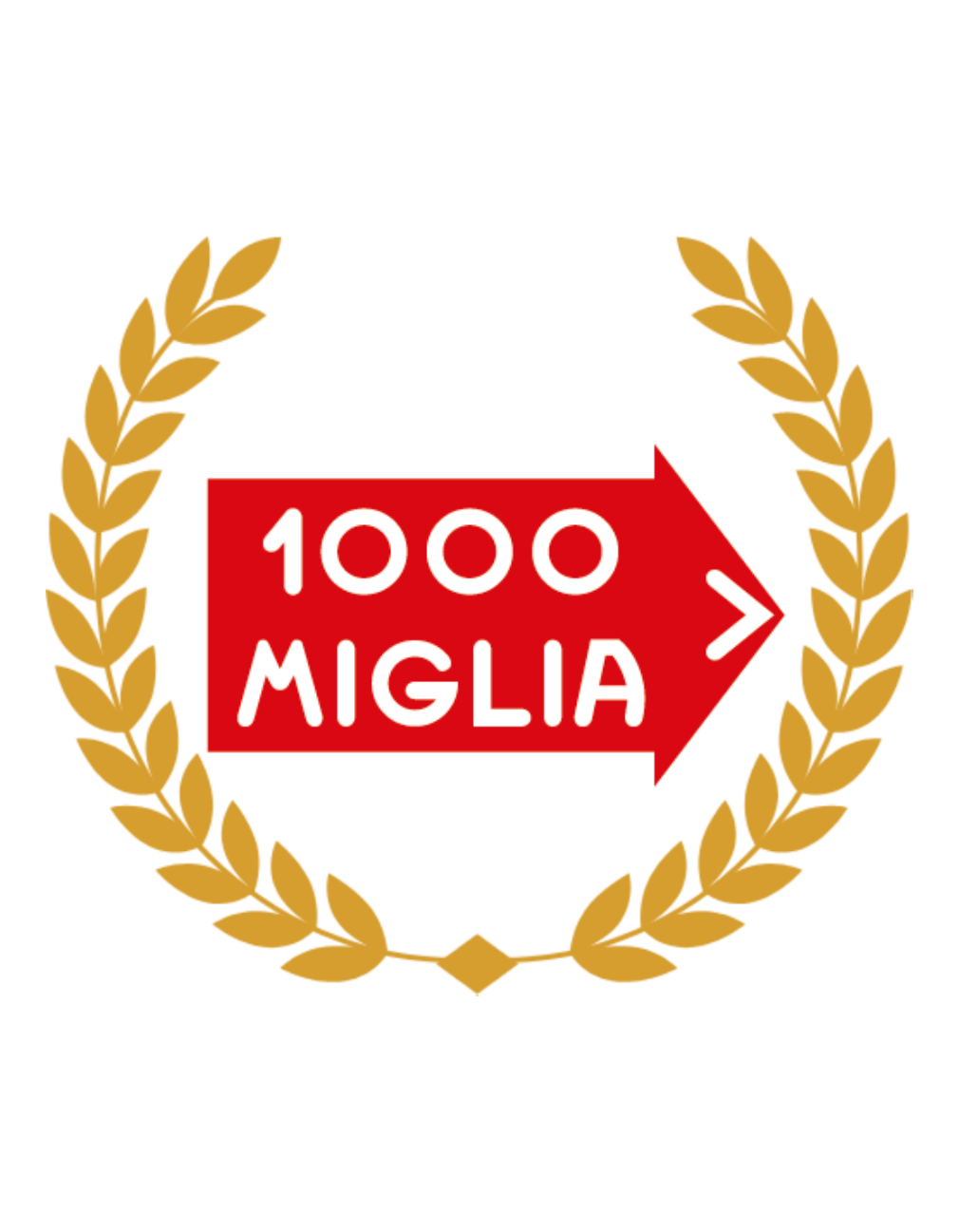
- 1948 Mille Miglia
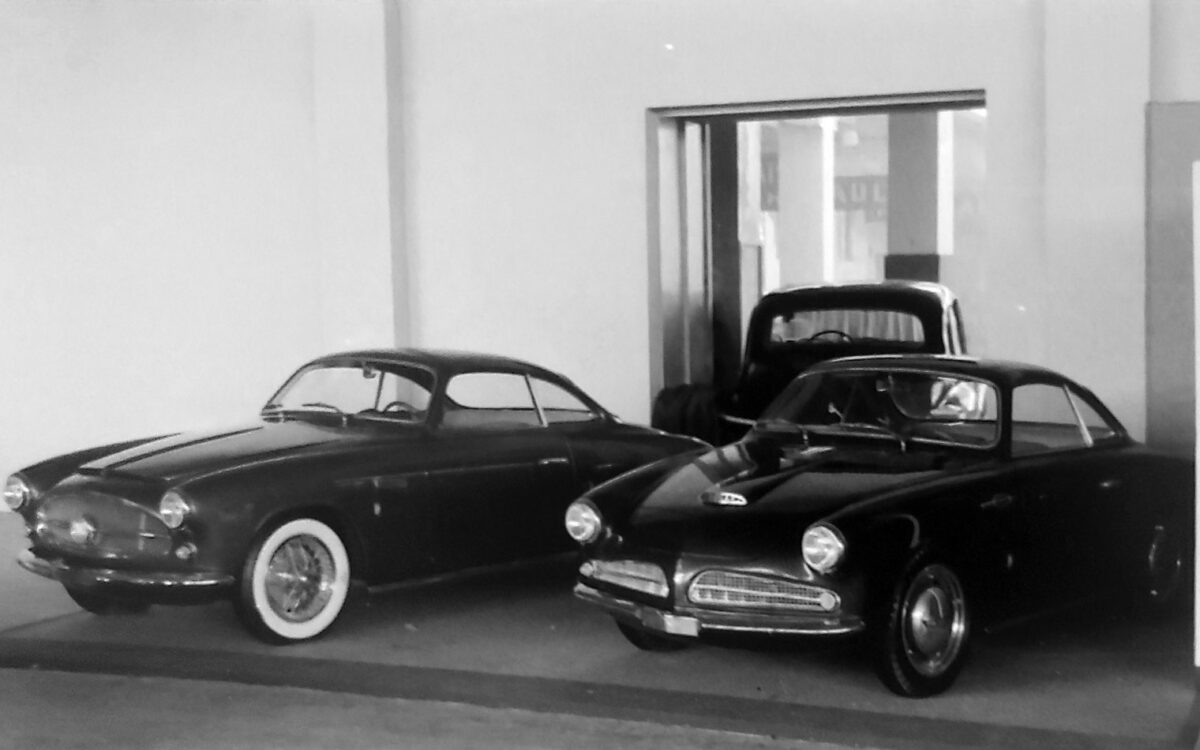
Introduce
Est. 1928
Coachbuilder Allemano was born in 1928 in Turin in via Orto Botanico at the behest of Serafino Allemano. Initially the newly formed coachbuilder also dedicated itself to mechanical repairs, in order to offer a more varied service. Success was not long in coming, if we consider the dark economic period in which the whole world was about to enter due to the great depression of 1929. Serafino Allemano decided to direct his efforts solely in bodywork sector. But a few years later, the outbreak of the Second World War forced him to suspend the activity, which however resumed at the end of the conflict, at first limping, and then at an increasingly rapid pace. Already at the end of the 1940s, none other than the newborn Ferrari commissioned Allemano an interpretation of it based on the Ferrari 166, created among other things in collaboration with Giovanni Michelotti. At the beginning of the fifties his interpretations on Fiat and Lancia bases became frequent. For example, the Fiat 1100 in its coupé and cabriolet versions, made in 1954, as well as the beautiful Lancia Aurelia cabriolet, will remain famous. they entrusted their cars to Allemano. These Italian successes meant that Allemano was also noticed abroad. Thus it was that already in 1952, the same year in which the Aurelia cabriolet was manufactured, the Allemano body shop also dedicated itself to the French Panhard Dyna 750 Coupé, a small racing car produced in only 6 units. Also in France, Renault entrusted Allemano with the task of creating a convertible version first of the 4CV and then of the Dauphine. Allemano's name also became known in the United Kingdom, where the Turin coachbuilder found orders for him from brands such as Jaguar and Aston Martin.In 1954 it was Maserati that entrusted Allemano with a task, that of creating a custom-built Maserati A6G based 2000. Subsequently, the Modena-based company commissioned other works in Allemano, which resulted in authentic masterpieces such as those made on a 3500 GT and 5000 GT base. Allemano's fame even crosses European borders and goes around the world, even reaching Japan, from where the Turin coachbuilder receives an order from a small Japanese company for the construction of two prototypes. The two years between 1959 and 1961 was the happiest period for the Turin bodywork, which produced two valuable interpretations of the Fiat 1500, in the convertible and coupé versions, which were also presented at the Turin Motor Show, among other things. he moved to a new headquarters, also in Turin, in via Pietro Cossa. At that time he received the task of designing a new and unprecedented road sports car from the small Italian manufacturer ATS. From this was born the ATS 2500 GT, which was not very successful, because by now the commercial hegemony of Ferrari and Maserati in this sector had already become stainless.Finally, following the commercial crisis of the early sixties, the Allemano body shop closed its doors The historical importance of Carrozzeria Allemano was however significant, since, together with other talented coachbuilders (Pininfarina, Bertone, Vignale, Ghia, Savio, Michelotti, etc.) it contributed to making the city of Turin one of the world capitals of automotive design.


